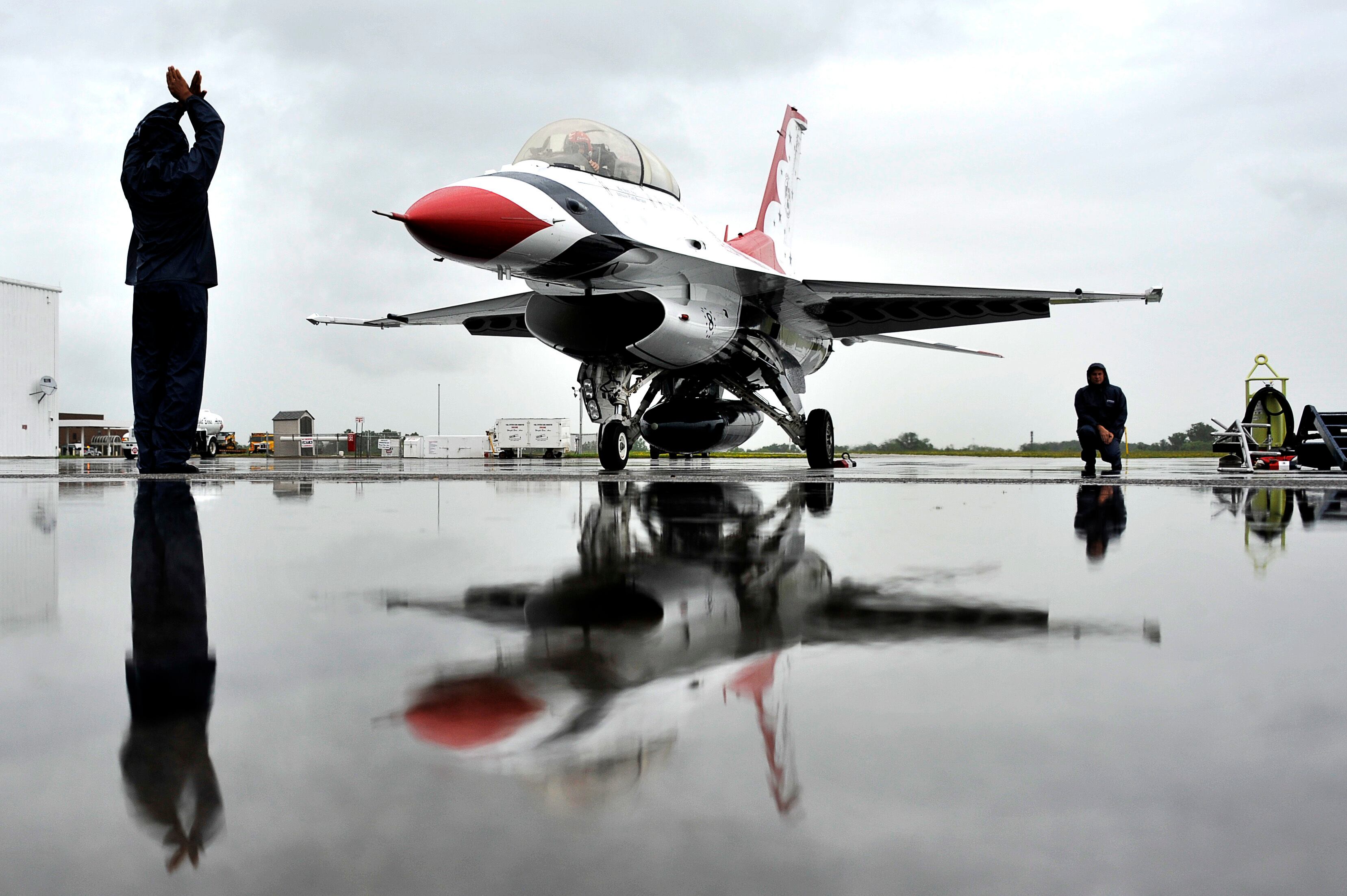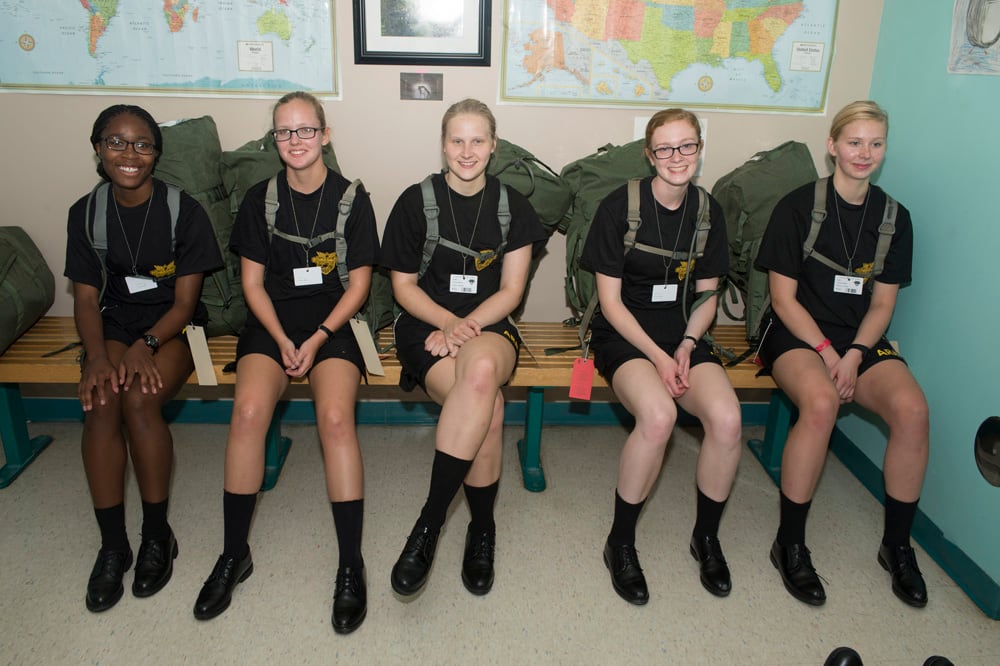The 2015 Military Times Pay Book is your guide to the complex world of military compensation. And as has been the case for a few years now, the increases in pay and allowances this year are slight to nonexistent.
Nothing symbolizes the lean tenor of the times more than the 2015 basic pay raise of 1 percent, repeating the pay raise troops received last year. Those are the lowest annual basic pay raises since at least 1962. In fact, the last five annual basic pay raises, all under 2 percent, have been the smallest in the history of the all-volunteer force created in 1973.
The 2015 basic pay raise mirrors the 2014 bump in another unsettling way: It will not keep pace with average private-sector wage growth, which was 1.8 percent last year — making this year and last the only two years since 1999 when the military raise lagged civilian wage growth.
The news is not much brighter for the second pillar of military compensation, Basic Allowance for Housing, but the BAH situation is not quite as clean-cut as the basic pay raise.
In essence, Basic Allowance for Housing rates are being scaled back by 1 percent this year, meaning monthly BAH checks for 2015 will be pegged to cover 99 percent of the estimated cost of local housing. For more than a decade before this year, BAH had covered 100 percent of the estimated cost of local housing for all troops.
Nevertheless, the reduction is the first of its kind in years and could shave about $200 million from the total BAH checks paid out to the roughly 1 million troops who live off post.
If there is a sliver of silver lining in the BAH policy change, it's that the 1 percent cut in the value of the allowance is a far smaller reduction than what Pentagon leaders originally asked for: to make service members pay 5 percent of their housing costs out of pocket.
The third major pillar of military compensation, Basic Allowance for Subsistence, rises by a comparatively robust 2.9 percent this year. BAS is linked to the Agriculture Department's food cost index.
The year ahead is likely to bring much more turbulence, with the imminent release of a massive two-year review by a congressionally chartered commission that has been combing through the entire universe of military compensation programs.
That report, due out in early February, is expected to take a particularly deep dive into potential alternatives to the military's venerable "cliff-vesting" retirement system, the basic structure of which has remained unchanged for generations.








